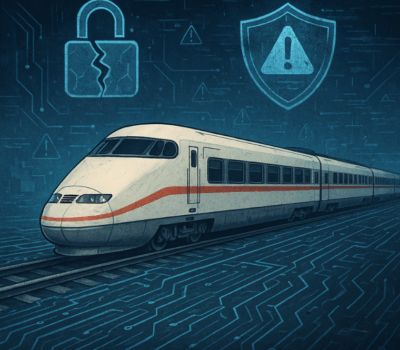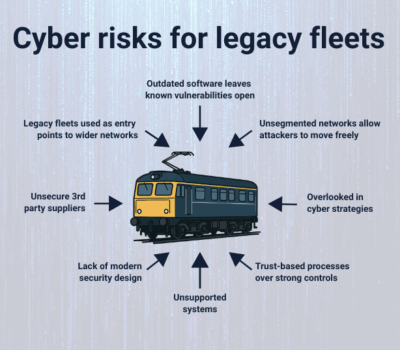How acoustic consultants use advanced technology for noise management
Noise pollution is an increasingly pressing issue in both urban and industrial environments. Managing noise effectively requires more than just traditional methods – it demands the expertise of acoustic consultants armed with cutting-edge technology. By leveraging tools like Geographic Information Systems (GIS) sound mapping, real-time noise monitoring and data-driven mitigation strategies, acoustic consultants can provide precise, actionable solutions to tackle complex noise challenges.
The role of an acoustic consultant
An acoustic consultant specialises in analysing, measuring and managing sound. Whether addressing community noise complaints, ensuring workplace safety or meeting regulatory standards, the work of an acoustic consultant revolves around accurate data collection and innovative solutions. Modern technology plays a crucial role in achieving these objectives efficiently and effectively.
GIS sound mapping: visualising noise patterns
One of the most impactful tools in an acoustic consultant’s arsenal is Geographic Information System (GIS) sound mapping. This technology allows consultants to visualise noise data spatially, creating detailed maps that highlight noise levels across various locations.
- How It Works: Using advanced sound level meters, consultants collect data on noise intensity, frequency and sources at multiple points. This data is then integrated into GIS software to generate maps that display noise distribution.
- Benefits: Sound mapping provides a clear picture of noise hotspots and patterns, enabling more targeted interventions. For example, it can identify areas near residential zones where noise mitigation measures are urgently needed.
- Real-world applications: GIS mapping is invaluable for urban planning, helping local authorities design quieter cities by locating optimal spots for noise barriers or green spaces. It’s also essential for industries like construction, where understanding noise propagation ensures compliance with local noise regulations.
Real-time noise monitoring: immediate insights
When noise issues demand immediate attention, real-time noise monitoring provides the solution. This technology allows acoustic consultants to gather live data on noise levels, both in-person and remotely, offering insights that static measurements cannot provide.
- How It Works: Real-time monitoring systems use advanced sound pressure level meters and dosimeters to measure noise continuously. These devices can transmit data remotely, allowing consultants to access noise information in real time from any location.
- Benefits: Real-time monitoring is crucial for detecting noise events as they happen. This is especially useful in workplaces, construction sites, or entertainment venues, where noise levels may fluctuate greatly and suddenly throughout the day.
- Real-world applications: In the workplace, real-time noise monitoring helps ensure employees aren’t exposed to harmful sound levels, safeguarding their hearing and compliance with health regulations. For community noise complaints, real-time data provides evidence to address concerns promptly and transparently.
Data-driven mitigation strategies: Turning insights into action
Collecting data is just the first step. The true value lies in turning this data into effective noise management solutions. Acoustic consultants use sophisticated analysis tools to develop tailored mitigation strategies based on the collected data.
- How it works: Consultants analyse noise data to identify trends, sources, and problem areas. They then create custom solutions based on the results, such as recommending soundproofing materials, designing noise barriers, or adjusting operational practices to minimise noise impact.
- Benefits: Data-driven strategies ensure precision and efficiency, addressing the root cause of noise issues rather than just the symptoms. This approach not only reduces noise but also optimises operations, saving businesses time and resources.
- Real-world applications: Industrial sites can benefit from strategies that minimise machinery noise without compromising productivity. Residential developers can implement noise mitigation plans that enhance the quality of life for occupants, adding long-term value to their projects.
Why advanced technology matters
Advanced noise management technology sets professional acoustic consultants apart from basic noise control solutions. Tools like GIS sound mapping and real-time monitoring provide unmatched accuracy and insight, enabling consultants to tackle even the most complex noise challenges.
By using these technologies, acoustic consultants can:
- Deliver precise and reliable noise assessments.
- Ensure compliance with ever-evolving noise regulations.
- Provide innovative, tailored solutions that meet client needs.
Partner with Encompass Engineering for expert noise and acoustic consultancy
If you’re ready to tackle noise challenges effectively, Encompass Engineering’s Noise and Acoustic Consultancy services are here to help. With expertise in sound mapping, real-time noise monitoring, and data-driven mitigation strategies, we provide tailored solutions to meet your needs.
Whether you’re looking to manage workplace noise, address community complaints, or ensure compliance with regulations, our team is equipped with the technology and expertise to deliver results.
Contact us today to learn how our advanced noise management solutions can create quieter, more harmonious environments for your business.






